Pinot Noir Takes Wellington by Storm
New Zealand’s capital city played host to a celebration of the country’s second-most important variety, Pinot Noir. There was no Marlborough Sauvignon Blanc in sight last week as 600 Pinotphiles from around the world descended upon New Zealand to discuss the famously fickle variety. The Pinot Noir NZ 2017 conference brought a host of very famous speakers to New Zealand’s capital city, Wellington. The lineup included world wine authority Jancis Robinson, Japan’s first Master of Wine Kenichi Ohashi, and Tool frontman (and keen winemaker), Maynard James Keenan.
